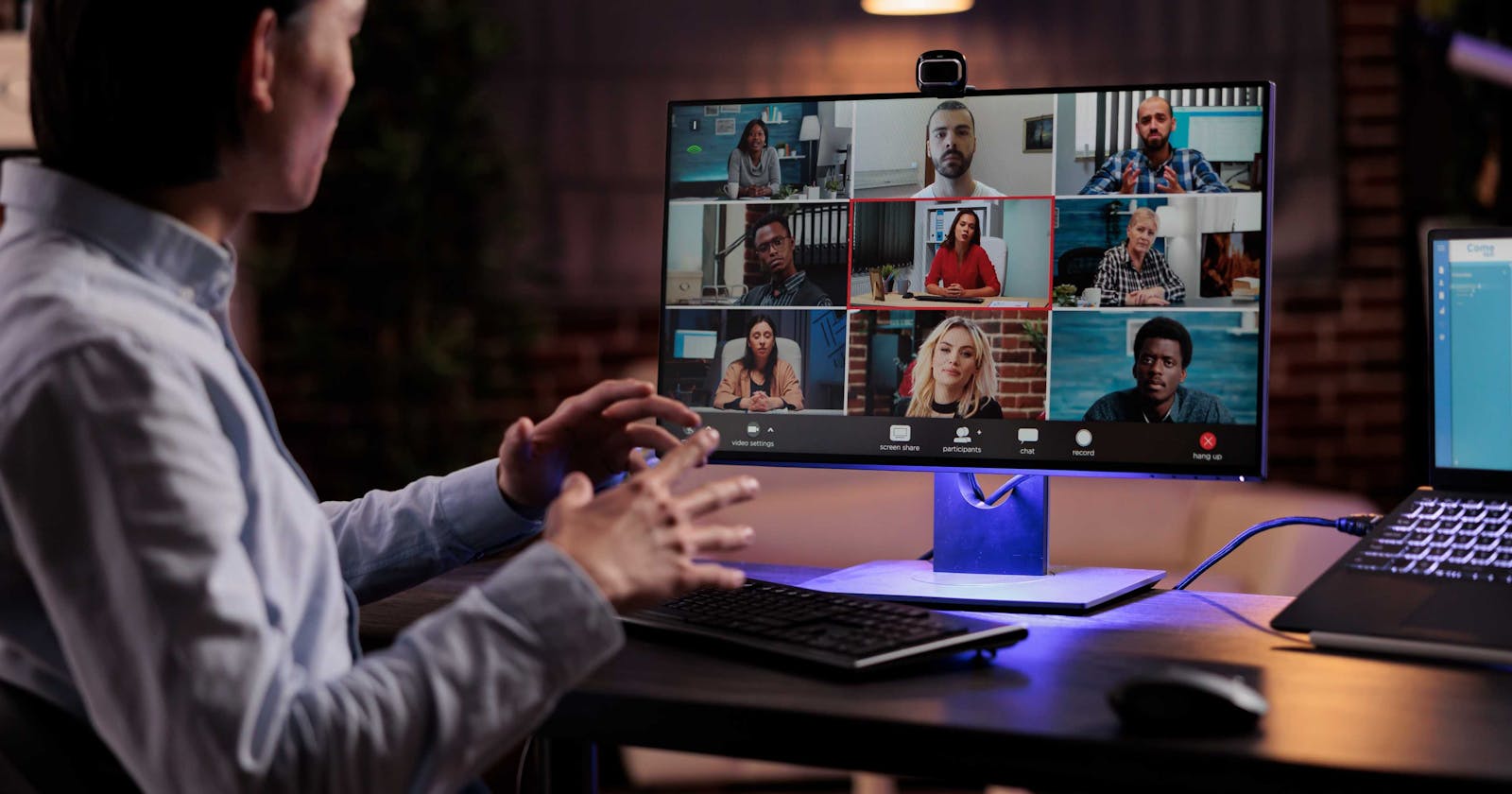Navigating the Waves: Troubleshooting Tips for Seamless video conference service
Introduction:
The ubiquity of video conferencing has transformed the way we communicate, collaborate, and conduct business. As the demand for reliable virtual meetings continues to surge, video conference service providers find themselves facing the inevitable challenges of technical glitches and user frustrations. This article dives into troubleshooting tips that can help providers ensure a seamless video conferencing experience while also exploring how to attract social media users to share video content online.
Preemptive Network Analysis:
To proactively address potential issues, video conference service providers should conduct a thorough analysis of their network infrastructure. Periodic assessments of bandwidth capacity, server load, and latency can uncover bottlenecks before they impact the user experience. Employing Quality of Service (QoS) measures ensures that bandwidth is allocated efficiently, guaranteeing optimal video quality for users.
User-Friendly Interface Design:
Often overlooked, the design of the user interface can significantly impact the troubleshooting process. An intuitive and user-friendly interface minimizes the chances of user errors and confusion. Implement clear icons, straightforward navigation, and easily accessible settings to empower users to troubleshoot common issues independently.
Clear Communication Channels:
Establishing clear communication channels between the service provider and users is paramount. Offer easily accessible support channels such as live chat, email, or a dedicated helpline. Integrate in-app notifications for service updates or known issues, fostering transparency and keeping users informed about ongoing troubleshooting efforts.
Automated Diagnostic Tools:
Integrate automated diagnostic tools within the platform to empower users to troubleshoot common issues on their own. A diagnostic tool can assess network connectivity, device compatibility, and software updates, providing users with actionable insights to resolve minor issues without external assistance.
Social Media Integration:
Attracting social media users to share video content online requires a strategic approach. Integrate social media sharing buttons directly within the video conferencing platform, enabling users to seamlessly share meeting highlights, webinars, or collaborative sessions. Additionally, leverage popular social media platforms such as Twitter, LinkedIn, and Facebook to engage with users, share platform updates, and actively participate in relevant conversations.
Gamification for User Engagement:
Incorporate gamification elements to incentivize users to engage with and share video content. Implement features like virtual badges, rewards, or recognition for active participation and content sharing. This not only enhances user engagement but also creates a viral loop as users share their achievements on social media, promoting the platform organically.
Regular Software Updates:
Staying abreast of the latest technological advancements is crucial for any video conferencing service provider. Regularly update the software to patch vulnerabilities, introduce new features, and enhance overall performance. Communicate these updates to users through in-app notifications and social media channels, demonstrating a commitment to continuous improvement.
Dynamic Scalability:
The ability to dynamically scale resources based on user demand is key to addressing sudden surges in usage. Cloud-based solutions offer scalability, allowing providers to adapt quickly to changing needs. A scalable infrastructure ensures that the platform remains resilient during peak usage times, minimizing the risk of service disruptions.
User Education Initiatives:
Empower users with knowledge through educational initiatives. Create tutorials, knowledge base articles, or video guides that address common troubleshooting issues and preventive measures. Share these resources across social media platforms to reach a broader audience, positioning your platform as a valuable resource for users.
Responsive Customer Support:
A responsive and empathetic customer support team is indispensable for troubleshooting complex issues. Train support agents to actively listen to user concerns, provide timely responses, and offer personalized solutions. Leverage social media as a customer support channel, addressing user queries publicly and showcasing your commitment to user satisfaction.
Conclusion:
Navigating the challenges of troubleshooting in the realm of video conferencing service provision requires a multifaceted approach. By implementing preemptive measures, fostering user engagement through gamification and social media integration, and maintaining a responsive support system, providers can create an environment where technical issues are addressed swiftly, and users are empowered to make the most of their virtual interactions. As the digital landscape evolves, embracing innovation and user-centric strategies will position video conferencing service providers for sustained success.
